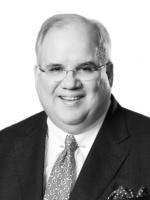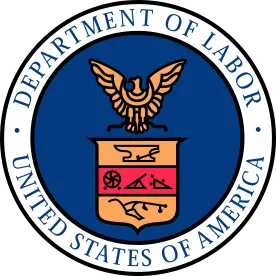Almost six months after the US Department of Labor (DOL) issued regulations under the Families First Coronavirus Response Act (FFCRA), those regulations have been revised (effective September 16, 2020) in response to a federal district court decision invalidating a handful of provisions interpreting the FFCRA. The DOL responded by revising some of the regulations in ways that reaffirm some of the DOL’s original positions. Other revisions amend certain regulations to reflect changes in the DOL’s thinking. A key change for the healthcare industry is the amended definition of “health care provider” in the context of allowing employers to exclude these employees from some or all of the requirements for paid leave under the FFCRA. (For information on the other revisions, refer to What’s New? Revised Paid Leave Regulations.)
The FFCRA, which applies to private employers with fewer than 500 employees and some public agencies, permits employers to exclude “health care providers” from some or all forms of leave that must be provided to other employees under the statute. The reasoning behind this was simple: it was an effort to prevent disruptions to the healthcare system’s capacity to respond to COVID-19. Originally, “health care provider” was very broadly defined and focused on the types of employers who could exercise the exemption rather than on the specific job functions of the employee. This meant that a healthcare provider was anyone employed at any doctor’s office, hospital, healthcare center, clinic, postsecondary educational institution offering healthcare instruction, medical school, local health department or agency, nursing facility, retirement facility, nursing home, home healthcare provider, any facility that performs laboratory or medical testing, pharmacy, or any similar institution, employer, or entity, regardless of whether the employee was a clinician, an administrator, a billing clerk, or a receptionist.
In the recent revisions, the DOL has narrowed the scope of this definition to focus on employees who actually provide healthcare services. The new definition includes doctors, nurses, and others who directly provide diagnostic, preventive, treatment, or other integrated services; employees providing services under the supervision, order, or direction of, or providing direct assistance to, a healthcare provider; and employees who are otherwise integrated into and necessary to the provision of healthcare services. This catchall includes employees such as lab technicians who process test results necessary to diagnoses and treatment. The regulations also include a non-exhaustive list of facilities where healthcare providers may generally work, but this is merely a guidepost and not dispositive.
Note that the FFCRA uses the term “health care provider” in two very different contexts. Where this term is used to refer to medical professionals who may advise an individual to self-isolate due to concerns related to COVID-19 such that the employee may take paid sick leave to follow that advice, the definition remains the classic Family and Medical Leave Act definition. However, in the context of entitlement to paid leave, the term is defined more broadly even after the recent revisions.
In light of this amended definition, where an employer provides healthcare services and may have previously excluded all its employees from being able to take paid leave under the FFCRA, that employer now needs to conduct an individualized assessment of whether the employee who requests leave is a “health care provider” under this second definition. Now, this means the employee must actually be directly involved in providing healthcare services. Employees such as building maintenance staff, human resources personnel, records managers, and billers are no longer considered “health care providers” even if they work for an employer who provides healthcare services.
The key takeaway here is that employers in the healthcare industry can no longer lump all their employees together and assume that they are excluded from the FFCRA’s leave entitlement. If an employee needs leave for an FFCRA-qualifying reason, the employer must now perform an analysis of whether that particular employee is a “health care provider.” Employers who need help performing this analysis or navigating these new regulations (or the FFCRA generally) should reach out to their employment counsel to avoid a potential headache down the road.





 />i
/>i

